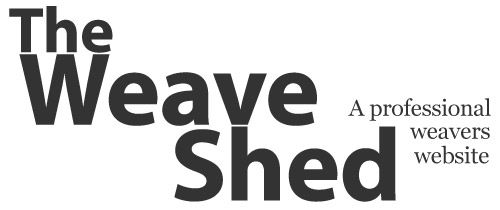 The 17th ETN Conference, including the General Assembly Leiden/Netherlands, is from 15th to 17th of May 2015
The 17th ETN Conference, including the General Assembly Leiden/Netherlands, is from 15th to 17th of May 2015
There are also many other events from 13th to 19th of May
Introduction
For this ETN Conference the invitation came from the Dutch “Textiel Festivalâ€, a meeting place of several textile-related associations who have jointly have set up the STIDOC Foundation. This Festival, that started in 2000, is bringing together all the different fields of textiles (museums – adult education – professional training – textile craft, design and art) on all levels. It is unique in Europe for its wide scope.
This years edition has over 23 venues with exhibitions, demonstrations and workshops, a symposium of the Textielcommissie.nl Dutch textile curators association and the 17th ETN Conference.
Furthermore the Rijswijk Textile Biennial is taking place at Museum Rijswijk near The Hague. A working committee was created to ensure the most interesting programme for the day on Dutch Textile Design, made up of Hanny Spierenburg, STIDOC festival organiser (project leader amateur art at LKCA, Landelijk Kennis instituut Cultuureducatie en Amateurkunst) Anne Mieke Kooper, weaving artist and former Head of Textiles at the Rietveld Academy, Amsterdam; Christine Vroom, programme manager at “The New Instituteâ€, Netherlands Institute for design and fashion; and Beatrijs Sterk, organiser of the ETN Conference and former publisher of Textile Forum magazine.
16th May 2015
The conference venue will be the Ethnographic Museum of Leiden. Prominent speakers will give lectures, among them curator Ingeborg de Roode on “Textiles in the Context of the Stedelijk Museum Amsterdamâ€; Joke Robaard, lecturer at the Rietveld Academy to the theme of “Readable Structuresâ€; Hebe Verstappen, head TextielLab at the Tilburg Textile Museum on “Research and Experiments†and Simone de Waart, founder and director of ´Material Sense´on†Material Mentality?â€
Furthermore a well-known artist working with textiles, Barbara Broekman, will speak on “Technique and Craftsmanship†and a young promising textile designer, Lenneke Langenhuijs , will focus on sustainability in her talk called “Innovative Textilesâ€.
A lecture will also be given by the company Materialise, where 3D printed haute couture of fashion designers such as Iris van Herpen and Anouk Wipprecht are made.
17th May 2015
The networking day is offering the opportunity to give a 10 minutes/10 images speech for all ETN-members and guests. They prefer talks on projects involving more than one person and/or countries. Projects taking place in the Netherlands are especially welcome! Please register your talk at the ETN secretariat with title &summary. After the confirmation we will need the PowerPoint file in order to pre-arrange the technical part of this day. Continue reading →














